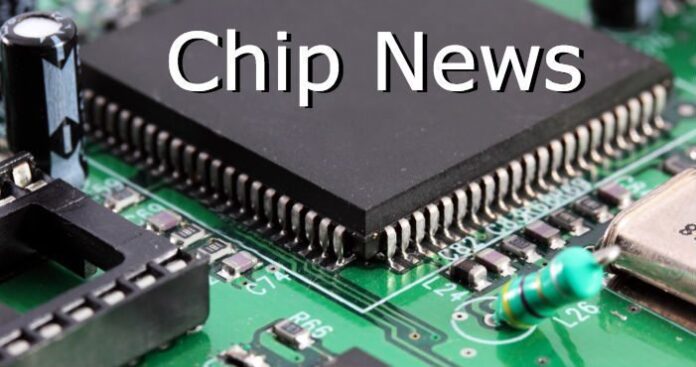The speculation is finally over: But does the semiconductor industry have a new market share revenue leader? It depends how you look at the data!
If you analyze the data from a financial analyst perspective and look only at the top line, it appears that Samsung has captured the #1 position. If you look more closely at the actual revenue generated by the individual companies from the sale of their own products, a slightly different and more interesting picture emerges.
In true corporate fashion the data provided by the individual companies presents only a portion of the total picture.
In ranking the semiconductor industry companies revenue, IHS Market believes the focus should be on merchant market revenue, the revenue obtained by a company through the sale of their own semiconductor components.
This means that in a market share calculation the sale of components to third parties should not included, since a third party will be credited with the component sale into the market.
IHS Markit believes that the semiconductor revenue Intel achieved in Q2 was US$14.7 billion. Subtracting out third party sales or foundry operations and other non-semiconductor revenue puts in Intel’s merchant market semiconductor revenue at $14.4 billion.
Samsung announced total semiconductor revenue of $15.5 billion. The $15.5 billion includes an estimated $1.1 billion of foundry services revenue. So subtracting out the foundry revenue puts Samsung’s merchant market sales at $14.4 billion.
Since neither company formally discloses its actual third party sales or other non-semiconductor revenue, the two companies end up separated by a mere $57 million dollars with Intel remaining as the leader.
Analyzing the reported semiconductor revenue within the key segments that each company participates in provides even further insights. Intel experienced a 0.2% decline in total semiconductor revenue in Q2. Intel’s main business, microprocessors, grew slightly and now represents approximately 76% of its total semiconductor revenue.
Samsung‘s total semiconductor revenue in Q2 grew by 12%, to $15.5 billion. Samsung memory represented 79% of its total business, growing by 15.4% over Q1.
The potential shift in semiconductor market share rankings has been forecast for several weeks. IHS Market believes that the rapid growth in revenue by Samsung is more a reflection on market supply-and-demand issues rather than a successful long-term strategic plan by either company.
Intel has been strategically refocusing the company, away from a declining client-computing market. Intel views its long-term success as being driven by growth in the data center, internet of things (IoT) and automotive segments. Intel’s advanced technology offerings fit well into these categories.
Samsung continues to follow a long-term strategy focusing on DRAM and NAND flash memory. This strategy has resulted in Samsung positioning itself as the global market leader providing the most advanced memory technology.
What occurred over the last nine months resulted from unforeseen market conditions. As memory companies transitioned their technology to more advanced nodes overall capacity declined at a faster rate than companies were able to expand their manufacturing. The loss of capacity throughout the industry could not have come at a worse time.
Increased demands from multiple market segments for both DRAM and NAND occurred at the same time that capacity was declining.
History should have taught the semiconductor industry that technology transitions do not to go as planned. In the case of DRAM, capacity declined by more than 10% while demand was increasing by more than 20%. A similar story was taking place within NAND. The transition to 3D NAND resulted in a reduction of available components. Technology development and manufacturing expansions have taken longer than anticipated.
History does tell us that extreme volatility is a trait within the memory market. This reality ultimately has resulted in the consolidation of memory suppliers. As the semiconductor industry transitions through adjustments in supply and demand, the economics of memory pricing follows.
Ultimately, the long-term battle for revenue supremacy within the semiconductor industry will not be won or lost solely based on ASP fluctuations or third party manufacturing. Success within the market will be defined by technology and the sales of one’s products.

